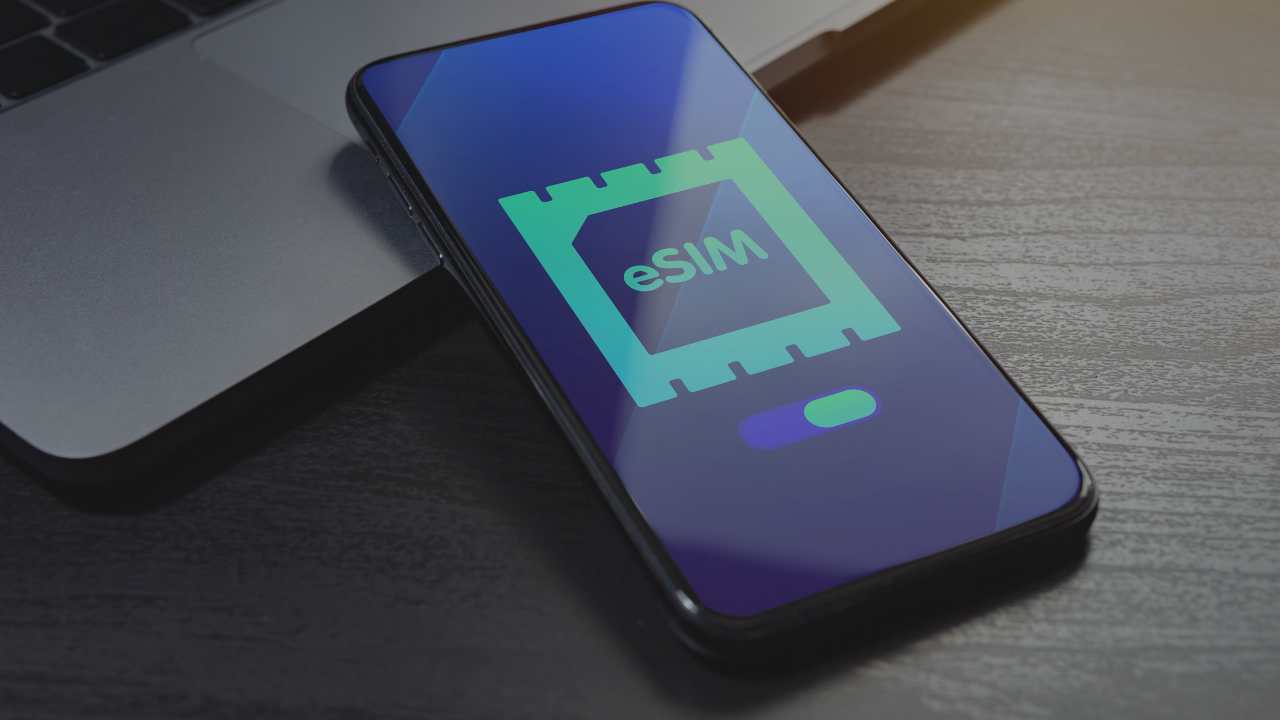Table of Contents
Introduction:
As technology continues to evolve, the traditional SIM card is making way for a new era of connectivity with eSIM (embedded SIM). eSIM offers a more streamlined and flexible approach to mobile connectivity, eliminating the need for physical SIM cards. In this blog post, we will delve into the world of eSIM for Android phones, covering what it is, how to obtain an eSIM, compatibility, installation, and activation processes for various Android devices.
What is an eSIM?
An eSIM, or embedded SIM, is a small chip embedded within a device that enables cellular connectivity. Unlike traditional SIM cards, eSIMs are built into devices and can be programmed with multiple carrier profiles. This means users can switch between carriers without physically swapping SIM cards, providing greater convenience and flexibility.
How to get an eSIM?
To obtain an eSIM, you can contact your mobile network operator or visit their website to inquire about eSIM availability. Some network operators allow you to download an eSIM profile directly to your device, while others may require a physical visit to their store to obtain an eSIM QR code.
How an eSIM for Android phones works
eSIM functionality on Android phones enables users to have multiple cellular profiles stored on the device. These profiles can be managed and switched between within the device’s settings, eliminating the need to physically swap SIM cards. This flexibility allows for seamless connectivity and easier travel, as users can switch between different carriers or plans with a few simple taps on their phone.
Which Android cell phones are compatible with eSIM?
Several Android phones support eSIM technology. Some popular Android devices that are compatible with eSIM include Google Pixel, OPPO, Samsung, Lenovo, and Motorola. However, it’s important to note that eSIM compatibility may vary based on the model and region.
How to install eSIM on Android phones:
The process for installing an eSIM on an Android phone may vary slightly depending on the device and the network operator. Here’s a general overview:
- Go to the device’s Settings.
- Look for the “Network & internet” or “Connections” option.
- Select “SIM cards” or “Mobile networks.”
- Choose “Add mobile network” or “Add eSIM profile.”
- Follow the on-screen instructions to scan the QR code provided by your network operator or enter the activation code manually.
- Once the eSIM profile is installed, you can manage and switch between cellular profiles within the device’s settings.
How to activate eSIM on Android phones:
The activation process for eSIM may vary depending on the Android device and the network operator. Here’s a general guide for popular Android phone brands:
Google Pixel:
- Go to Settings > Network & internet > SIM cards.
- Tap on the desired eSIM profile.
- Follow the prompts to activate the eSIM with your network operator.
OPPO:
- Go to Settings > SIM card and mobile data > Manage SIM cards.
- Select the desired eSIM profile.
- Follow the on-screen instructions to activate the eSIM.
Samsung:
- Go to Settings > Connections > SIM card manager.
- Tap on the desired eSIM profile.
- Follow the prompts to activate the eSIM with your network operator.
Lenovo and Motorola:
- Go to Settings > Network & internet > SIM cards.
- Select the desired eSIM profile.
- Follow the on-screen instructions to activate the eSIM with your network operator.
Final Verdict
eSIM technology has revolutionized the way we connect and manage mobile services on Android phones. With the convenience of switching carriers without physical SIM cards, seamless travel experiences, and the ability to have multiple cellular profiles on a single device, eSIM offers greater flexibility and convenience for Android users. As more Android phone models embrace eSIM functionality, we can expect this technology to become increasingly prevalent, enhancing the way we stay connected in our increasingly mobile world.
FAQs:
1. Can I switch between different carriers easily with an eSIM?
Yes, one of the key advantages of eSIM is the ability to switch between different carriers without physically changing SIM cards.
2. Can I use eSIM for international travel?
Absolutely! eSIM provides great convenience for travelers as you can easily switch to a local carrier’s plan by downloading their eSIM profile onto your device.
3. Is eSIM available on all Android phone models?
While eSIM is becoming more widely adopted, not all Android phone models support eSIM. It’s best to check with your device manufacturer or network operator for compatibility.
4. Can I revert to a physical SIM card if I no longer want to use eSIM?
In most cases, you can switch back to using a physical SIM card if you prefer. Contact your network operator for instructions on how to deactivate the eSIM and use a traditional SIM card instead.










0 Comments